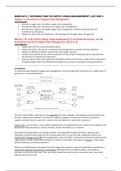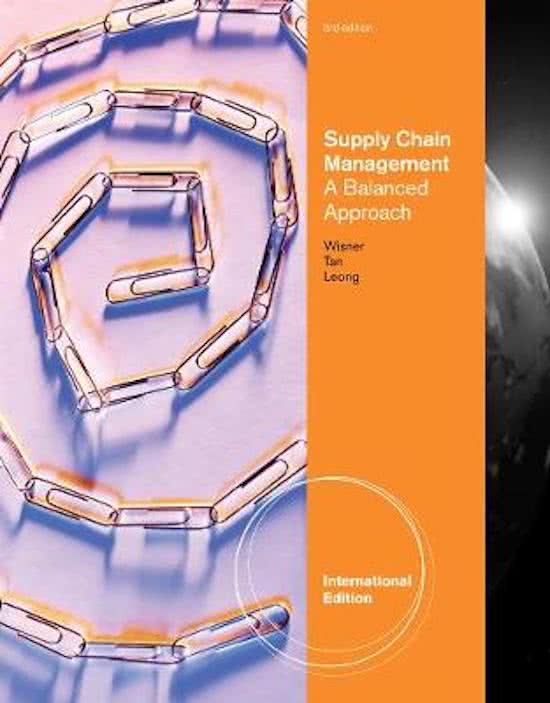Summary
Supply Chain Management Final (Summary lectures, book, and articles)
- Course
- Institution
- Book
Uitgebreide samenvatting van Supply Chain Management for Premaster (). Het zijn behoorlijk wat pagina’s geworden, maar hij is inclusief uitwerkingen van alle (guest) lectures, het boek, alle artikelen en er zijn veel relevante voorbeelden in verwerkt. Ook heb ik aandachtspunten van de tutorials t...
[Show more]




